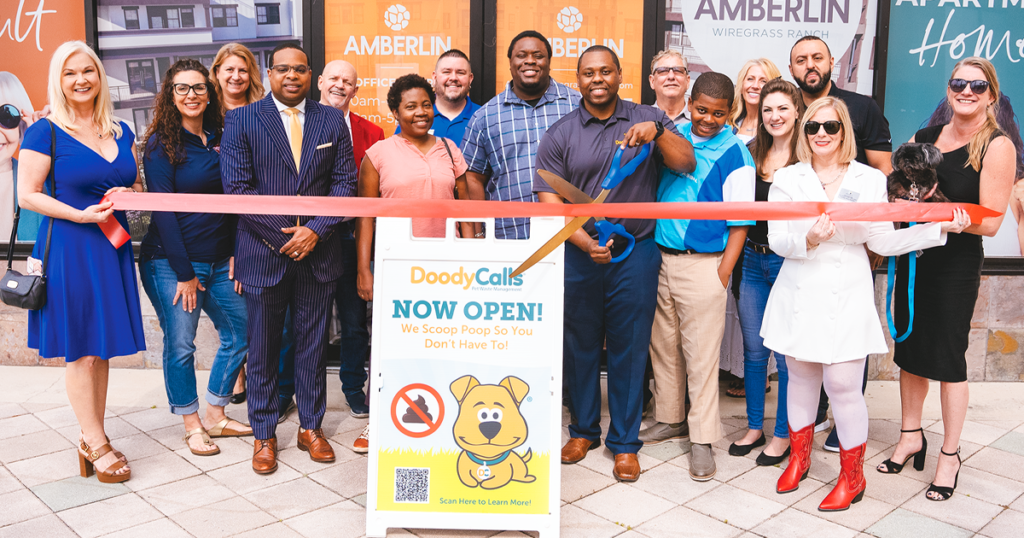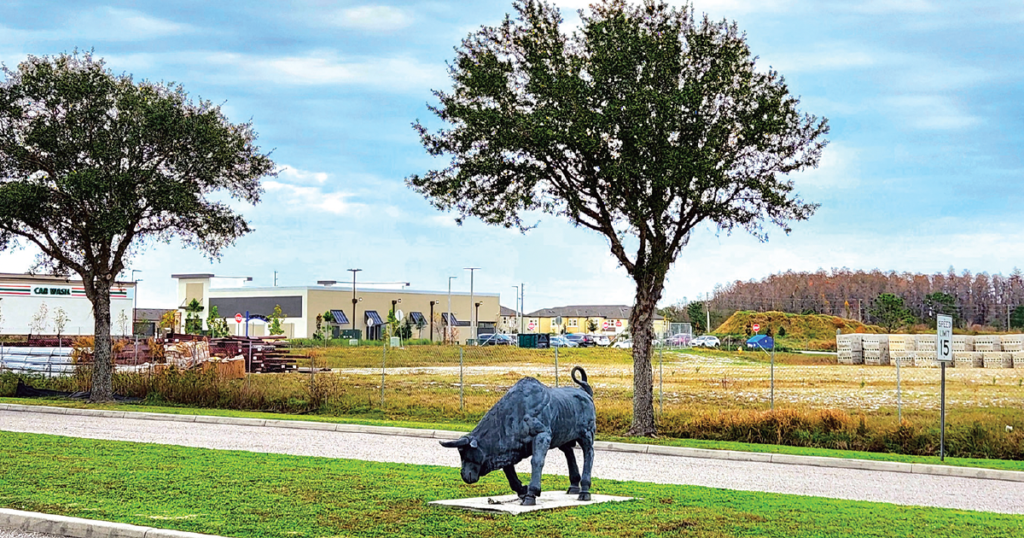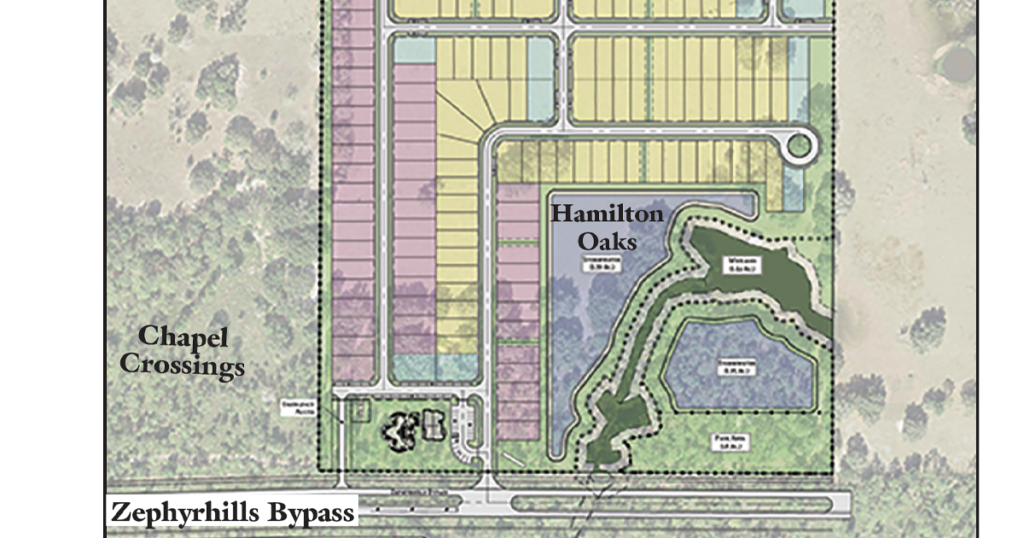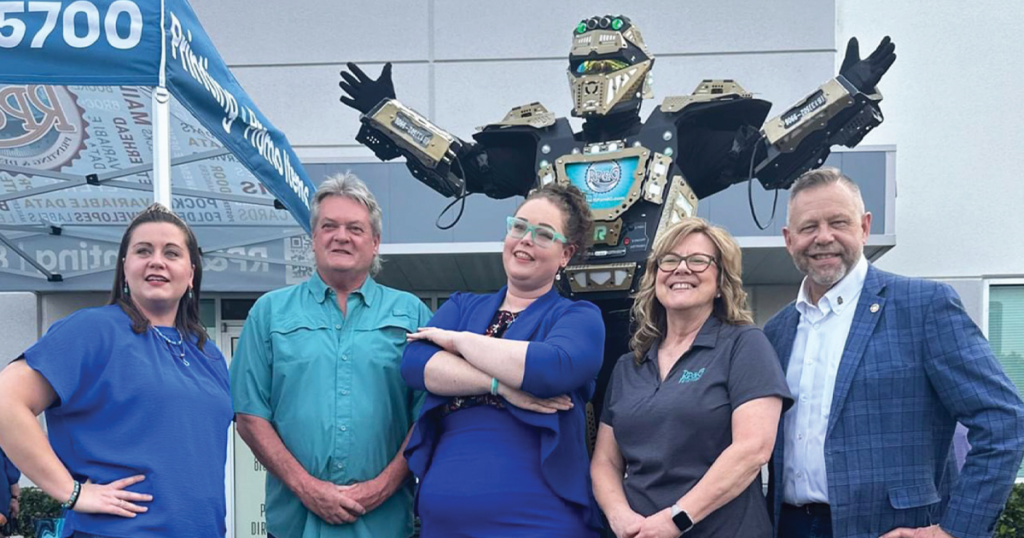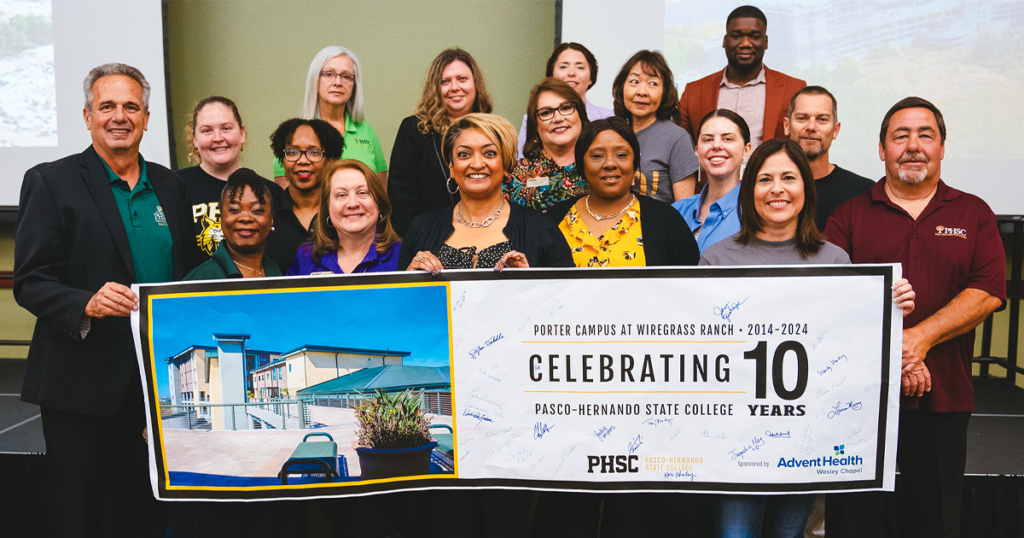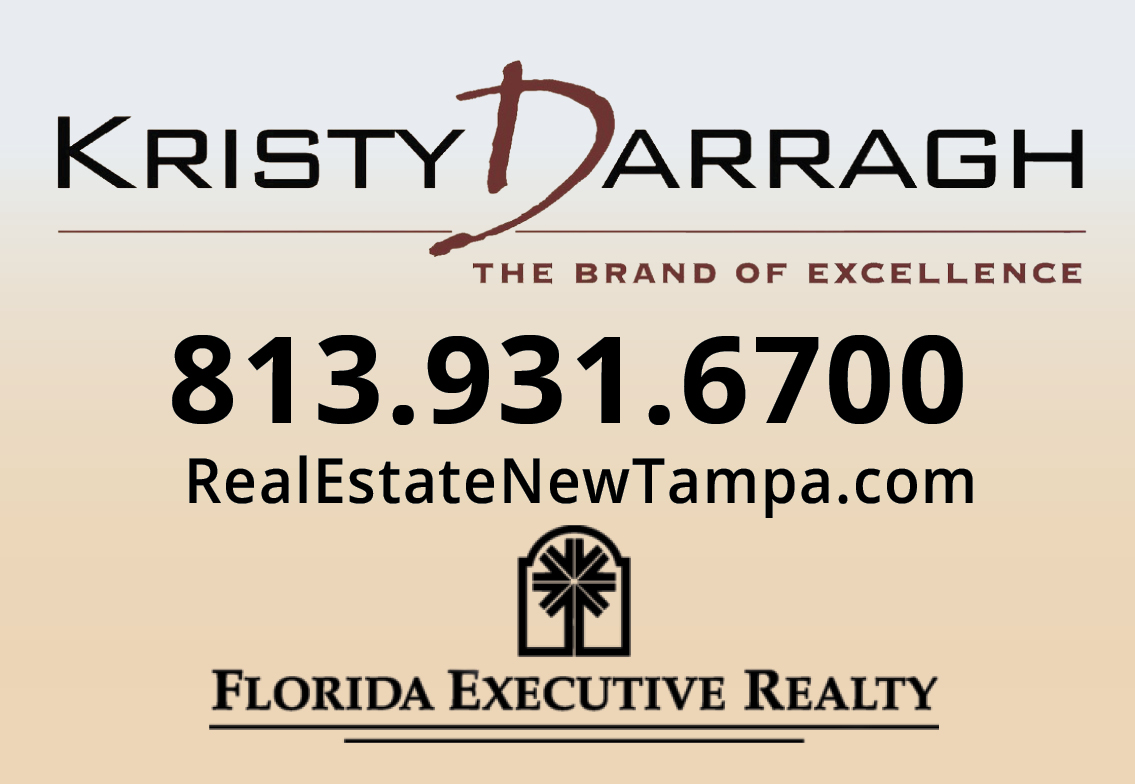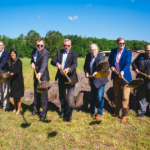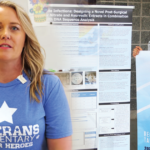Although the biggest day of ribbon-cutting events in the North Tampa Bay Chamber of Commerce (NTBC)’s history took place on March 20, the NTBC stayed busy through the first week
Construction materials have recently started appearing on the empty piece of land immediately behind the iconic ‘Bull’ statue at the entrance to Wiregrass Ranch High. These concrete blocks, pieces of
By Gary Nager & Joel Provenzano A little less than a year ago (in July 2023), we gave you an update on the Chapel Crossings community, located on the north
After hosting the party celebrating my 30 years of owning the Neighborhood News, Jannah and I were proud to celebrate an even bigger milestone at an event hosted by our
The Porter Family’s Land Donation Celebrates A Decade Of Adding Skilled Workers To The Local Economy! When Sonia Rodriguez Thorn first arrived in 2013 at the not-yet-open Porter Campus at

